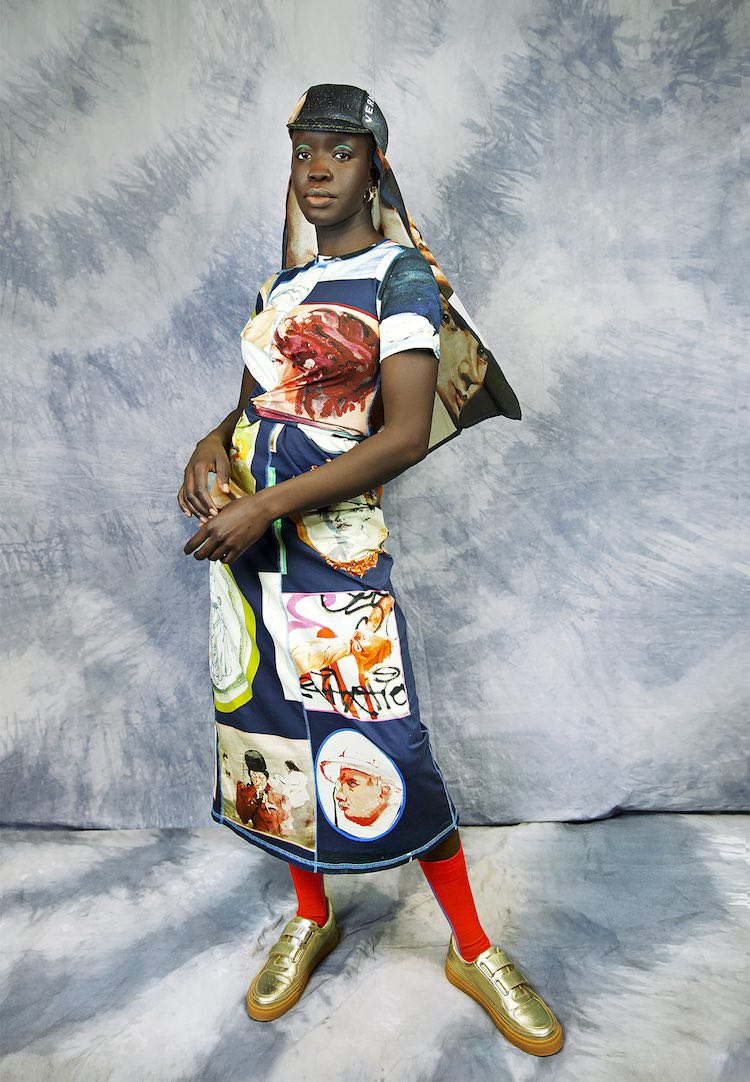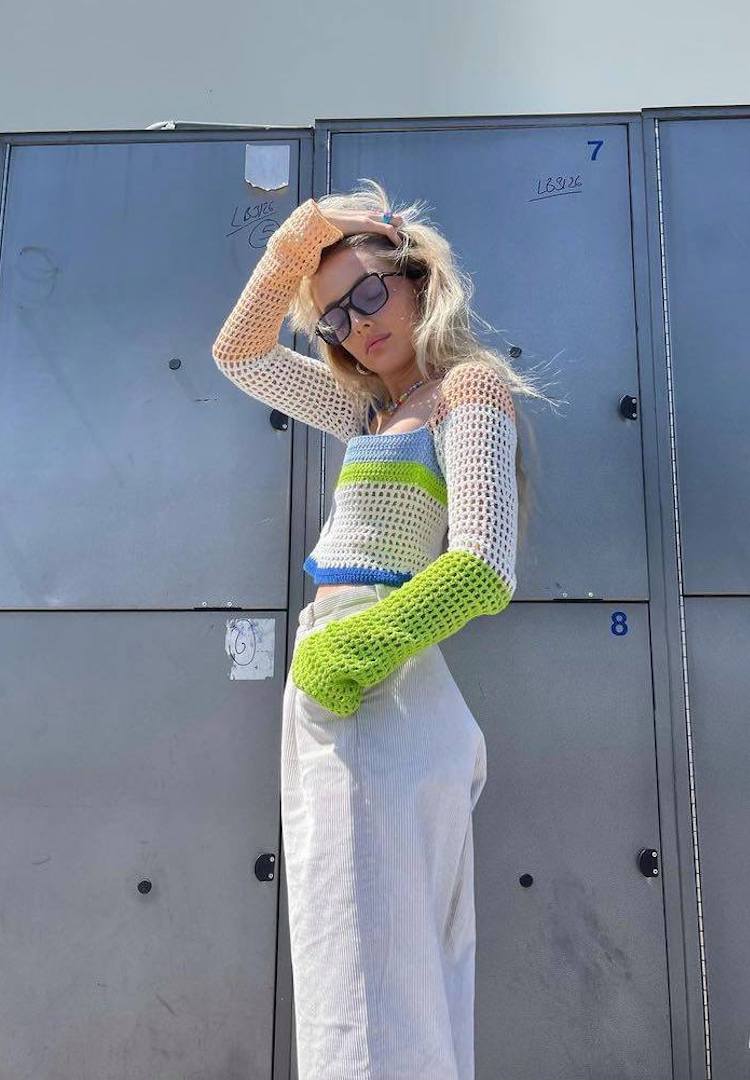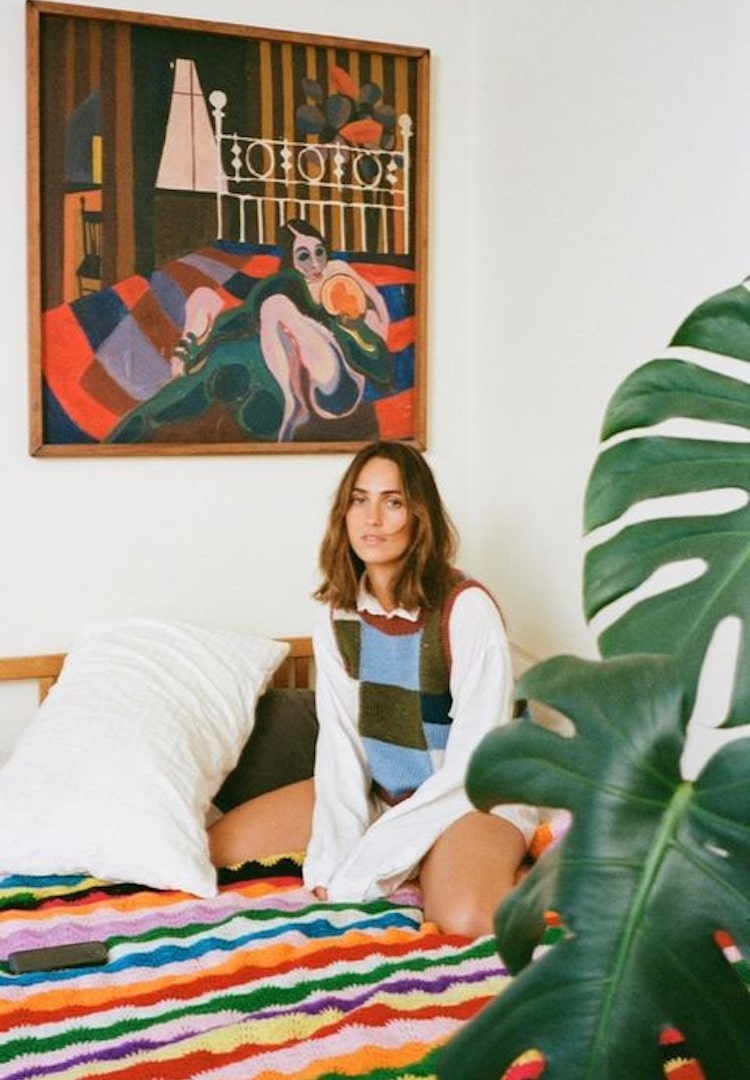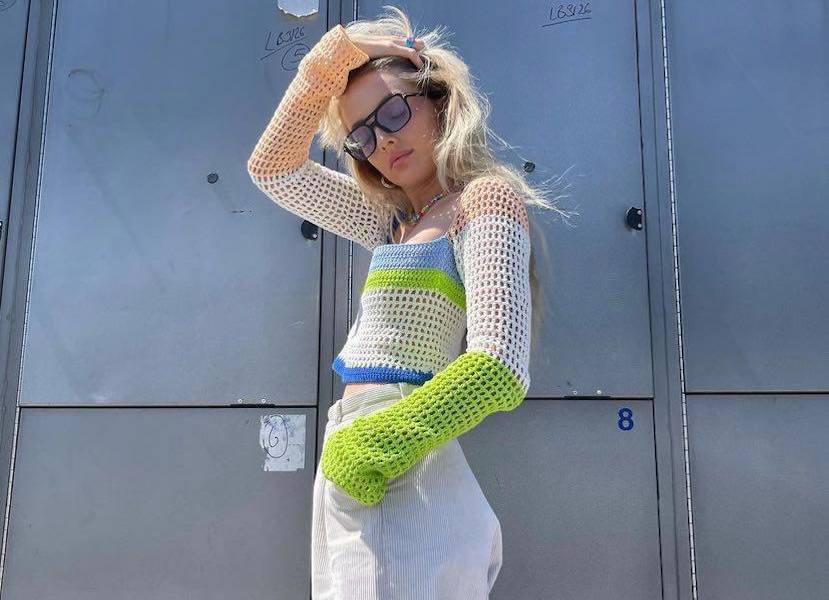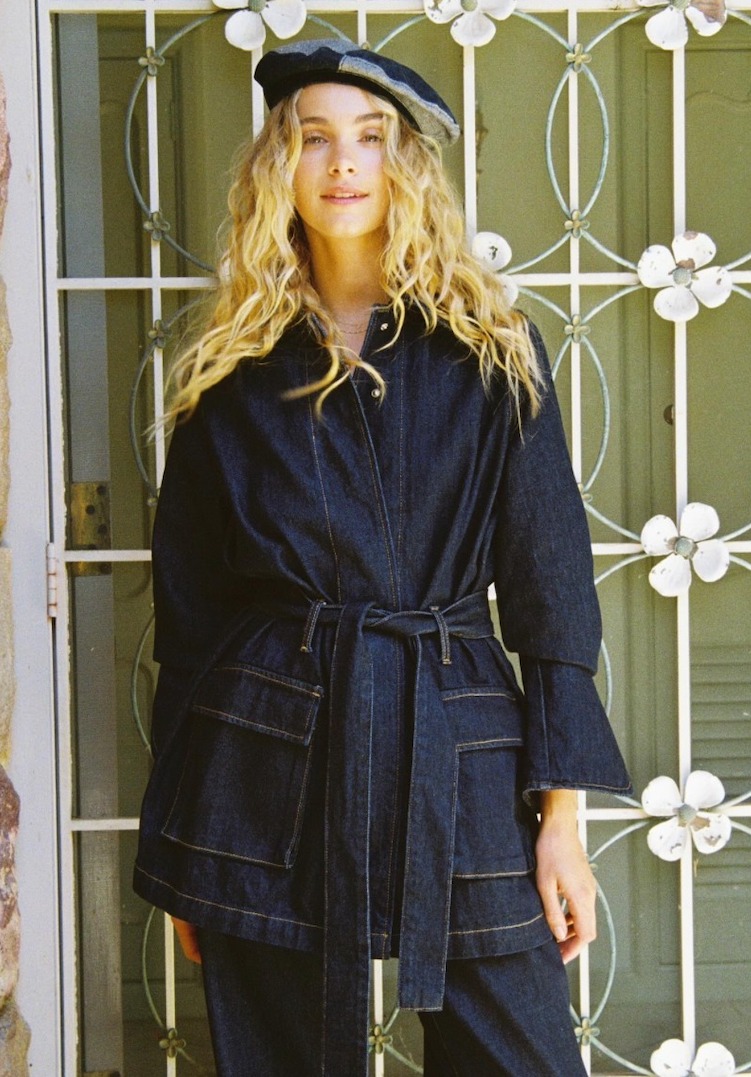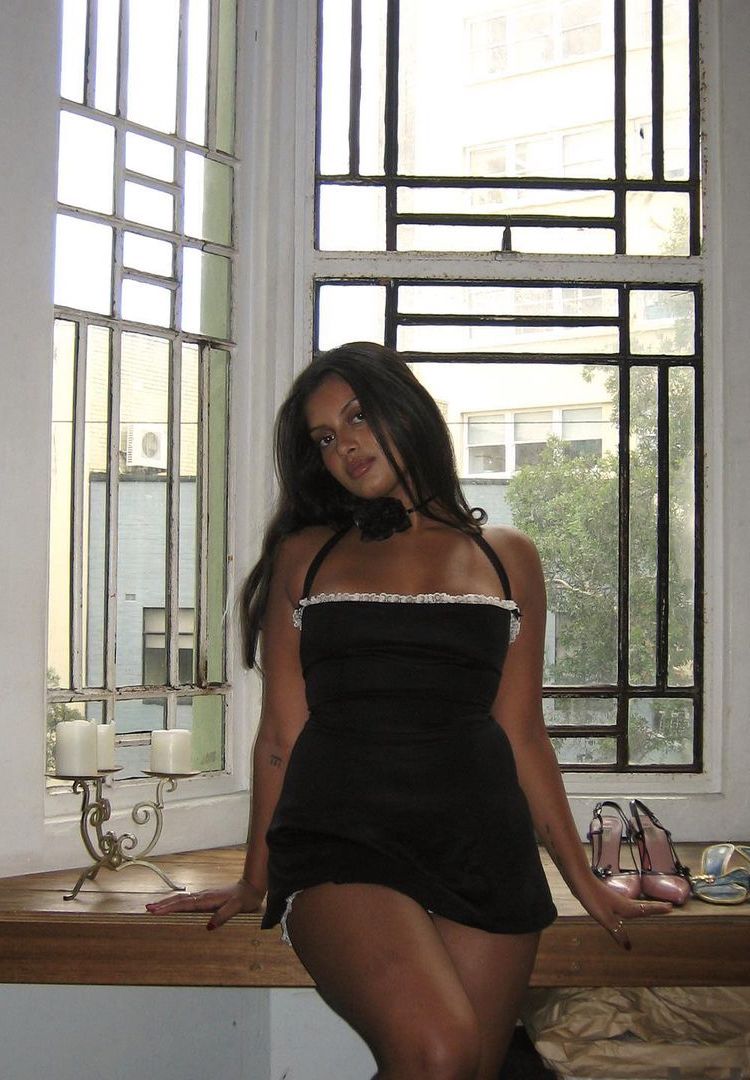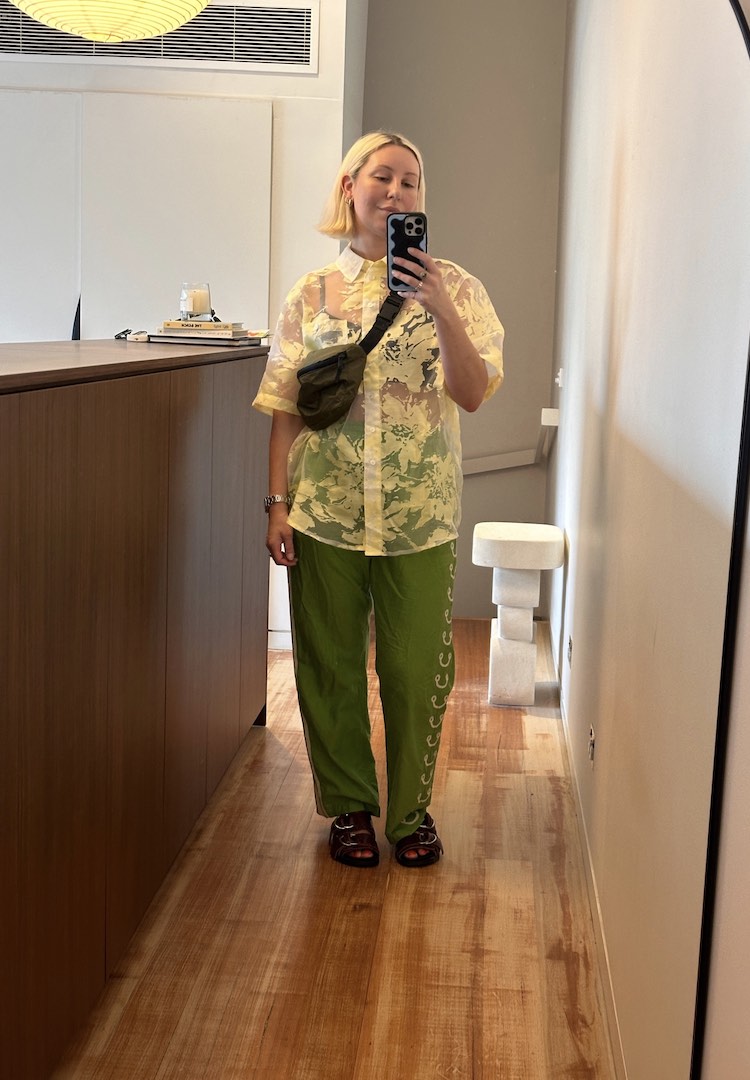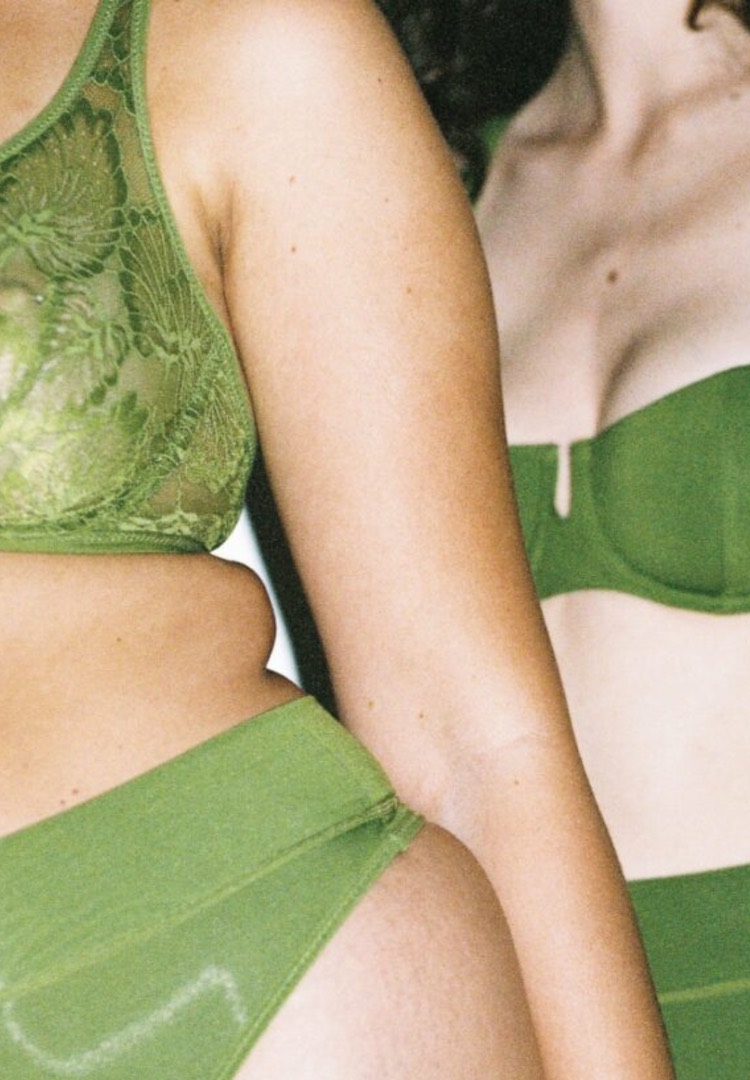The harsh reality of copycat fashion according to indie designers
IMAGE VIA SCARLET AND SAM
WORDS BY BELLA BACKWELL
Copycats create huge problems for small brands.
In recent years, a worrying number of small, slow fashion labels have come forward accusing fast fashion brands of copying their designs. One glance at the Instagram of fashion’s favourite watchdog, Diet Prada, will highlight just how pervasive the issue is. The method is simple: global fashion behemoths replicate pieces made by local labels and sell them at a fraction of the price. Often these retailers appear to use the labels’ original imagery, attempting to pass it off as their own.
For small Australian brands that prioritise thoughtful design over profit, seeing pieces alarmingly similar to their own across fast fashion giants can be soul-crushing. Melbourne-based label Scarlet and Sam has dealt with the worst of it. Scarlet Robertson and Sam Holt, the label’s co-founders, say it’s become so bad that customers often believe Scarlet and Sam are the ones imitating others’ designs.
For more fashion news, shoots and features, head to our Fashion section.
The duo is struggling to deal with these issues as a team of two. Scarlet tells me “it’s a real mixed bag of [design] duping going on”. They claim to have dealt with stolen brand images, finding exact replicas of their pieces online, and the misidentification of their brand. They report they’ve seen imitations of their designs on the websites of Australian retailers and global suppliers, and they’ve even seen some copycat designs make their way onto the runways of an overseas fashion week.
According to the duo, this has resulted in smaller Australian retailers being tricked into purchasing fake Scarlet and Sam pieces. “Overseas manufacturers have been asked to make a copy [and] given our photos. [They] then advertise with our photos. Smaller vendors, particularly Australian brands, are buying from them,” explains Sam.
View this post on Instagram
They tell me that the proliferation of their images appearing on other websites has led people to wrongly accuse the label of stealing other designers’ work. “All these accounts pop up all the time using [our] photos, and there’s nothing to distinguish us from them,” says Sam.
And when they’re not being accused of imitating designs, they’re receiving angry messages from people who mistakenly believe that Scarlet and Sam is duping its customers by purchasing cheap products and selling them at a higher price – instead of designing the pieces themselves. Sam tells me they commonly receive messages via Instagram like: “You guys are buying tops for $13 and selling them for $250”.
It’s something that’s damaging Scarlet and Sam’s brand image, and for a label still in its infancy, it’s creating an incredible amount of worry and stress. “More fires are being caused with us being accused of things we’re not doing,” laments Scarlet.
This isn’t just an issue for businesses. Customers are also making purchases believing they’ll receive the item pictured, only to receive a different item entirely, often of much lower quality. “People really are getting fooled into thinking they’re buying one of our tops, having seen the photos,” says Scarlet.
“I really feel for anyone who buys something where the product photo is not what they’re going to receive. I think there’s something inherently wrong with that,” adds Sam.
When customers have purchased imitations products advertised with the brand’s images, Scarlet and Sam tell me they’re often left to deal with the fallout. It’s incredibly time-consuming for a small team. “We’re putting out spot fires all the time, just so people don’t get scammed,” says Sam.
Australian swimwear brand Camp Cove Swim has also reported its fair share of this type of behaviour. “It was heartbreaking to find out and to think that a large company was possibly making more money from my own design than I would have,” says Katherine Hampton, the brand’s founder. She tells me the brand struggled to find a resolution when acutely similar designs began selling elsewhere, but notes much of Camp Cove Swim community stayed loyal. “The support we received from the media and our customer base was so heartwarming.”
View this post on Instagram
Design imitation can be notoriously hard to prove in the fashion industry, and Scarlet and Sam tell me they’ve struggled to take action against the brands they claim are imitating their designs. “It becomes our word against anyone else’s – I don’t know how we can prove [it] to every single person,” says Scarlet. “We’ve had a new brand do it every week so far,” adds Sam.
The helplessness that Scarlet and Sam feel in the face of having their designs copied is not uncommon for small brands and is demonstrative of the state of the fashion industry as a whole. “All responsibility is really dispersed, so it makes targeted legal action virtually impossible,” Sam tells me.
When fast fashion brands engage in these practices it’s not only damaging to individual labels, but also to the sustainability of the Australian fashion industry. “Big companies don’t care about the collateral damage of their production,” says Sam. In stark contrast to this, Scarlet and Sam prioritise ethical practices and sustainable production and tell me that all their garments are handmade by a small group of women in China. The duo “have full visibility over the process,” Scarlet notes.
Likewise, Camp Cove Swim values sustainability and produces all its pieces in Australia, using recycled fabrics. “We design outside the trend cycles and seasons, which allows us to reduce garment waste,” Katherine tells me. Although the production processes of small, slow brands result in a higher price tag for the consumer, purchasing from these labels over fast fashion companies “is supporting the future of this planet,” says Katherine.
Yes, those alarmingly cheap pieces sold by fast fashion brands can be tempting, particularly in the face of the financial strain many of us are feeling from the pandemic. But it always has a trade-off. “There is always a price to pay for fast fashion. If it’s not you paying the price, it will be someone or something else – the person making the garment and the environment,” Katherine tells me.

